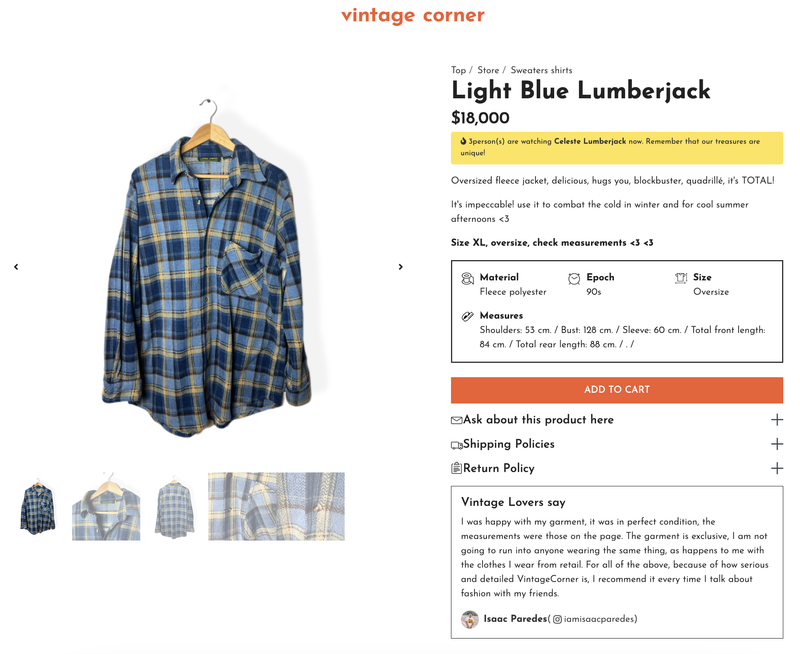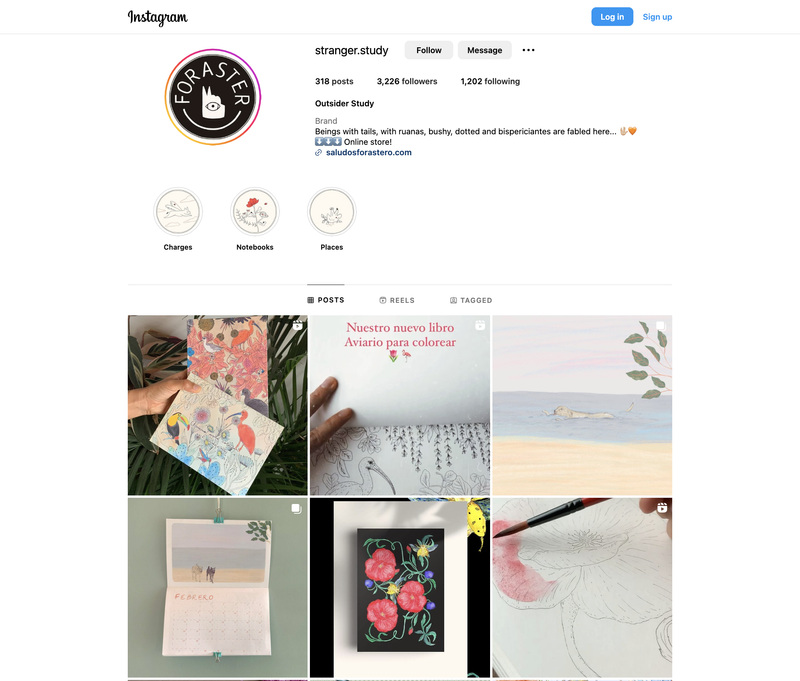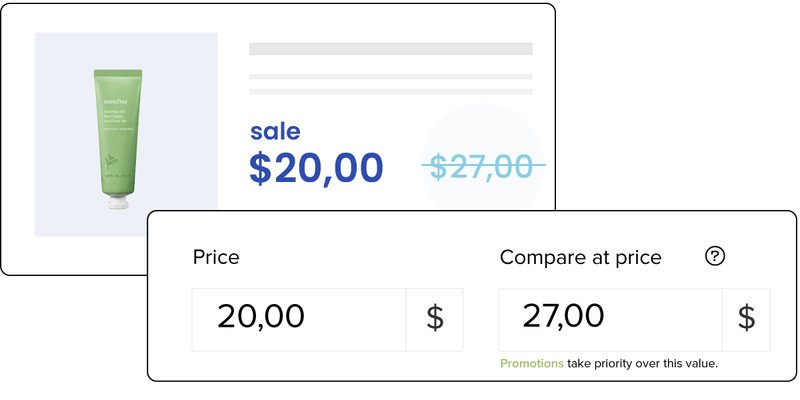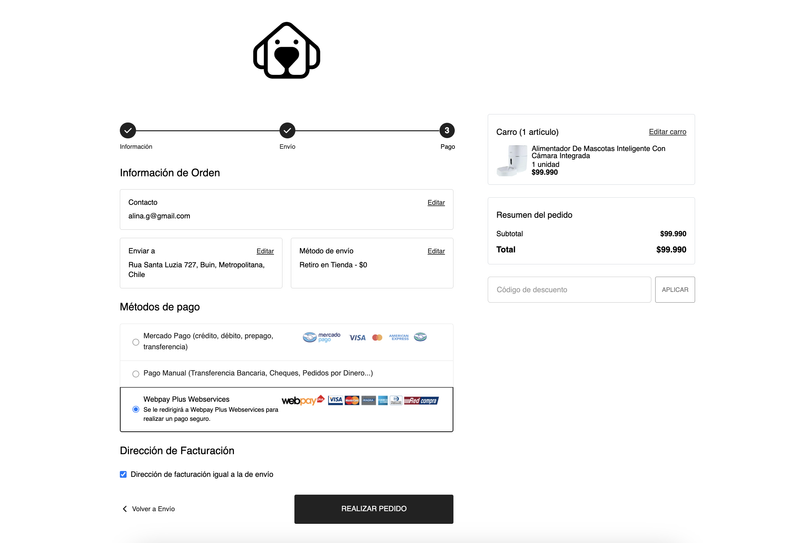With new e-commerce stores popping up daily, getting the first few sales can be challenging. Sure, in rare cases, it can happen, and the journey from setting up the website to making that first sale is smooth, but mostly, it’s not the case.
Often, e-commerce business owners are left disappointed and demotivated. At Jumpseller, we know that most people who don’t make a sale in the first 30 days of setting up their online store will end up abandoning it.
On the flip side, things start to get easier once you see that first e-commerce sale. You feel more confident about their product offering, which can make them more serious about running their e-commerce online business.
So, is there a perfect recipe for getting your first customer? Well, we have one that comes pretty close! This article discusses five best practices to help you make that first sale. Let’s get into it!
5 Tips to make your first e-commerce sale
1. Optimize your product pages
Spent a long time setting up your website and getting the branding just right? Ask yourself how good your product pages are. When it comes to making a sale, this is the most important page. These are the pages your product listings from social networks and Google will redirect to. Often, customers arrive on these pages directly while browsing online or scrolling on social media. Making a good product page with the right product descriptions requires paying attention to detail. To make it easy, here is a checklist for you:
- Create a description highlighting the product features and benefits.
- Use high-quality photos, and consider hiring a photographer.
- Photos must be optimized so the page speed is not compromised.
- Add a video where possible.
- Make the product listing easily shareable.
- The product page should be adaptable to mobile devices.
- Build trust by clearly stating your refund policy.
- Connect with your existing customers through email marketing.
- Consider adding an FAQ section to answer search queries related to the product.

Don’t have an online store yet? Create one with Jumpseller.
2. Develop a Search Engine Optimizations (SEO) strategy
Even with all the social media apps and a large target audience, you need help to get people through the door. And when you don’t have an audience, getting that first customer is a challenge. Plus, you don’t always need paid advertising to make it happen. Try the following tips consistently and see where they take you:
- Create Professional accounts on Instagram and Facebook
- Create a content marketing strategy that helps you rank on search engine and drive traffic to your website
- Be consistent, create brand guidelines, and follow them when creating content
- Create a blog, talk about your journey, and be transparent
- Use TikTok to show product use cases
- Create a content calendar and stick to it
- Connect products to Google Shopping (make sure to follow the eligibility guidelines)
- Harness the power of AI tools to convert existing assets ad-ready
- Create A/B tests with different Ad types
- Invite your friends and family to help spread the word
- Integrate influencer marketing and approach influencers with the audience of your potential customers
- Join Facebook groups, but don’t do blatant advertising; be relatable and story-driven

Learn more about social media marketing.
3. Utilise promotions
Creating promotions can be the key to customer acquisition. As a new business, more and more brands are in contact with consumers every day, whether it’s on their social media feeds or other digital touchpoints. That also means the competition is fierce! To capture the attention, try creating promotions. You can test different types of promotions, such as giving discounts, using a buy X get Y promotion, and offering free shipping, just to name a few. You can couple promotions with banners and make them time-barred to create a sense of urgency. To utilize promotions correctly, make sure you:
- Test different types of promotions to find which works best for your target audience
- Use a reference price as an anchor to show before and after prices
- Communicate promotions through your social media channels
- Use relevant hashtags on your social media to reach the ideal audience
- Add a banner to the homepage to announce the promotions.
- Create a sense of urgency by making limited-time promotions.

4. Use social proof notifications
With a social proof app, you can showcase real-time customer interactions, such as purchases, clicks, and sign-ups. A platform like Fomo can harness the power of social proof to increase conversions by displaying recent customer activities, thereby building credibility and trust among potential buyers. How do you apply to your website? Simple, follow this checklist:
- Install Fomo on your online store.
- Subscribe to a plan on Fomo.
- Link your social media accounts to share social proof automation.
- Create a customized message.
- Visualise customer engagement, such as clicks, comments, hovers, customer testimonials and other actions with social proof pop-up

5. Simplify your checkout process
Customer satisfaction must be at the forefront to create an outstanding online shopping experience. So, what makes a good checkout? Building trust and convenience for shoppers is key. Be transparent in your pricing and policies. Have clear navigation to guide users. The focus is on providing a smooth journey without unnecessary obstacles. This approach aims to foster an inviting and user-friendly environment, ensuring customers feel confident and comfortable before clicking the Pay button. Here is how you do it:
- Offer customers a guest checkout option.
- Be flexible by providing multiple payment options.
- Show clearly your return and cancellation policy.
- Add clear CTAs to make sure the customer is never lost.
- Avoid requiring extensive form filling and unnecessary fields.
- Don’t add any design elements that will prove to be distracting.
- Don’t have any hidden costs, even adding shipping costs on checkout can lead to cart abandonment.

Getting your first e-commerce sale is just a starting point
Online selling might be competitive, but it’s certainly not complicated. If you are just getting into it, be patient and do the basics right. Even if you don’t have thousands to spend on Advertising, being consistent and having the right strategy can be your trump card. In this article, we have summarized some important factors to take into consideration while trying to make your first sale. If you have any questions, please feel free to get in touch with us.
Frequently Asked Questions (FAQs)
-
How do I sell my first product?
To sell your first product, you must get the right five aspects of online selling that will also serve as the foundation of your customer acquisition and retention strategy. Use the following online selling techniques:
- Optimize your product listings.
- Develop a traffic strategy.
- Utilise Promotions.
- Implement a social proof app.
- Simplify your checkout process.
-
How can I increase my sales?
Making a sale requires spending money on ads. However, you can try a few things create a better social media presence, SEO your blog content, and use a social proof app like FOMO.
-
How do you attract customers?
The easiest way to attract customers is by using promotions and discounts. Try advertising your products on social media with various promotions and see the results.






